Diner Journey Report
When people look for new restaurants these days, they use the internet.
Search engines, social media, and websites are how modern diners get a feel for a restaurant before they go — and whether they want to go at all.
To understand exactly how this discovery journey works, BentoBox asked more than 2,000 U.S. diners how they use the internet to find new restaurants.¹ The results are clear: When someone walks into their new favorite restaurant in 2023, chances are they’ll have paid a virtual visit first.

The Online Channels People Use to Find Restaurants
Online research plays nearly as big a role in restaurant discovery as personal recommendations from friends & family.
The least popular online channels for restaurant discovery are reservation platforms. 46% of diners “never” use them, compared to just 22% for food delivery platforms and 13% for review sites.
Online research: Almost as trusted as personal recommendations
Diners use these resources to find new restaurants:²
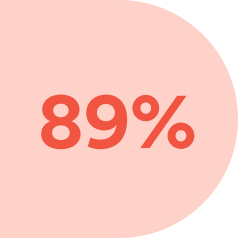 Recommendations from family or friends | 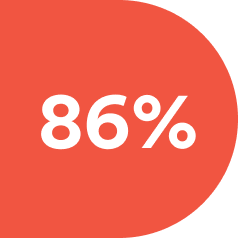 Doing online research | 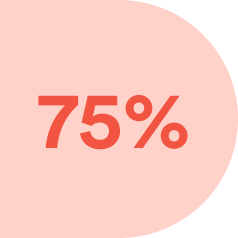 Discovering by chance in-person | 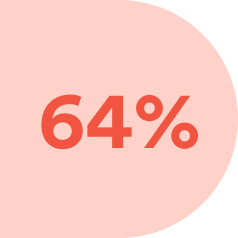 Other media platforms (billboards, podcasts, etc.) |
Search engines & restaurant websites reign supreme
Most popular resources for online research:³
Google Maps reigns among review platforms
Most popular review sites for online restaurant discovery:⁴
 Google Maps | 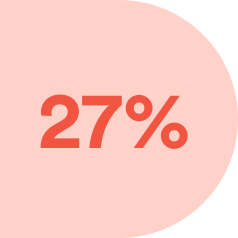 Yelp | 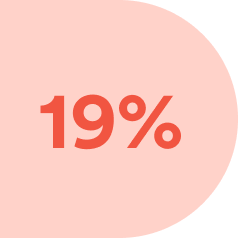 Facebook Reviews |  TripAdvisor |
How to Build A Website for Restaurant Discovery
When diners are looking for new restaurants, they want to see the restaurant’s website, either directly or via search query, and specific pieces of information.
 | of diners say they’re more likely to choose a restaurant with a high-quality website over one with poor quality. |
Most common channels for finding restaurant websites:⁵
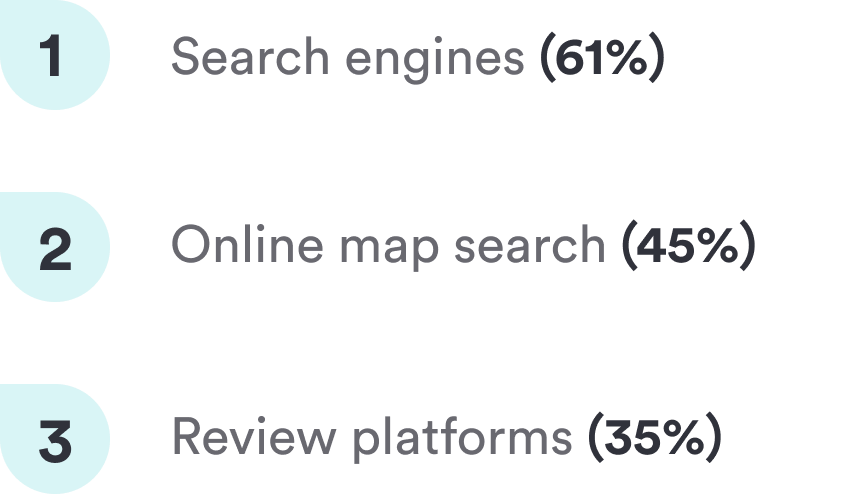 | 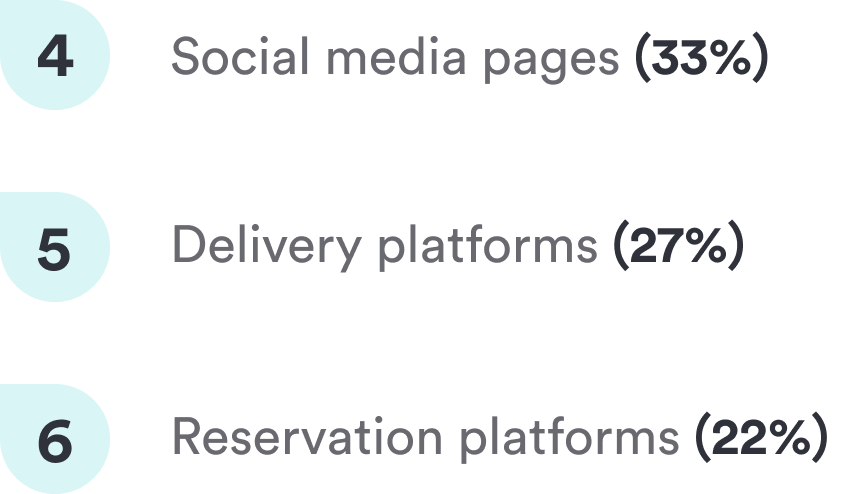 |
 | Most popular search categories:
|
Fine dining websites: Vibes and visuals, not prices
How Important Is Each Fine Dining Restaurant Website Element?

These customers are more interested in logistical information than in prices, perhaps reflecting a lower price sensitivity. Fine dining restaurants should have a photo gallery, though: 53% of people who dine out more than once a week rate photo galleries as “very important,” as do 47% of high spenders.
Casual dining websites: Accessibility is key
How Important Is Each Casual Restaurant Website Element?

Diners look for casual restaurants using search queries related to ambiance only 16% of the time, compared to fine dining’s 22%. And when they arrive at the website, casual diners want to see prices, with 69% rating them “very important.”
How To Attract Anyone
Looking to bring different types of diners into your restaurant? Look no further.
 | Gen Z (b. 1997–2012)Social media is key. 45% said they use it for restaurant discovery — the highest of any generation. Focus especially on TikTok. “Zoomers” use TikTok 4x more than Boomers. |
 | ParentsRank for occasion-specific searches. 21% of parents rated “occasion” as a type of search they use to find new restaurants — more than any other group. |
 | High earners ($100k+)Monitor review sites to make sure your restaurant is consistently well-rated. 50% of high earners say they search for restaurants based on “Rating, such as ‘best burger’ or ‘most popular restaurant.” |
 | Budget-consciousOffer direct ordering on your website. The percentage of diners who want to see direct ordering decreases as income rises. Not surprising given ordering direct is more affordable than from a third party. |
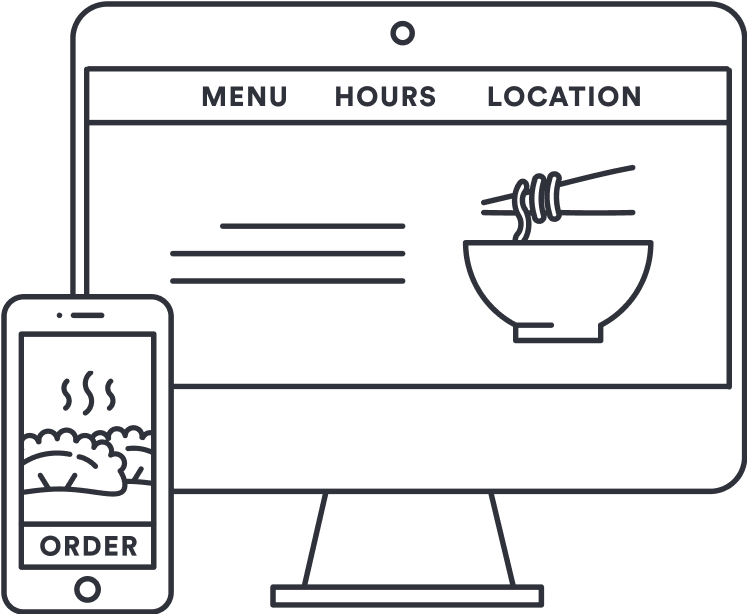 | Avid diners (Weekly+)Invest in a great website. 52% of frequent diners strongly agreed that they “always look at a fine dining restaurant’s website before deciding to go” — the highest percentage of any cohort. |
¹ Data comes from a survey of 2,200 qualified U.S. diners conducted by Morning Consult in September 2022. Unless otherwise specified, results refer to all adult responses across fine dining and casual full-service restaurants. ² Percentage of diners who “sometimes, often, or always” discover full-service restaurants using the given resource. ³ Percentage of diners who “often” find new fine dining & casual restaurants with the given resources. ⁴ Percentage of diners who “often” find new fine dining & casual restaurants with the given review sites. ⁵ Percentage of diners who find new restaurant websites using the given channel.



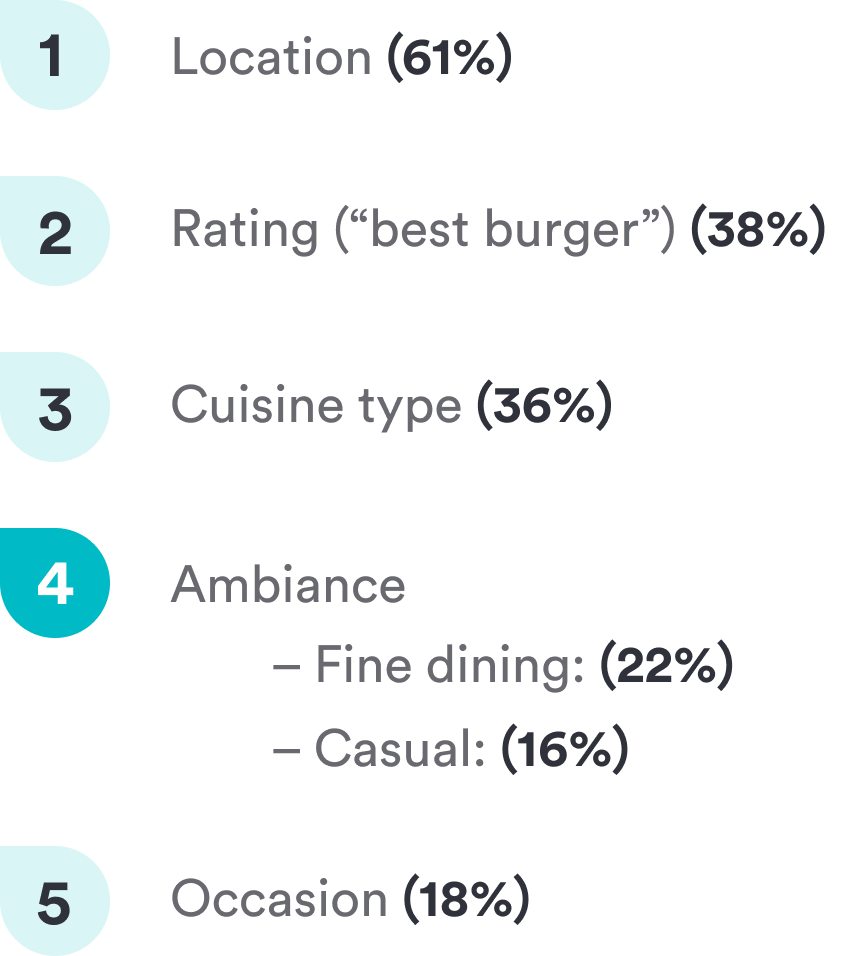
Social Media and Restaurant Discovery
A critical driver of online restaurant discovery, social media is a meaningful resource particularly for diners who are younger, live in cities, have kids, or are married.
of fine dining high spenders use social media for restaurant discovery.
Facebook and Instagram now, TikTok tomorrow
Across platforms, social media usage goes down as age goes up. The exception is Facebook. More than half of Millennials, Gen X, and Baby Boomers use Facebook to find new restaurants. Only 44% of Gen Z does — they’re more likely to head to Instagram. TikTok isn’t far behind.
Social Media Platforms Used for Restaurant Discovery
Influencers target avid, frequent diners
Only 30% of diners pay attention to recommendations from social media influencers when they appear in their feed.
So who are influencers… influencing? Mostly the people who dine a lot. Avid diners are more likely (37%) to pay attention to recommendations from social media influencers than occasional diners (26%). Same goes for high spenders (39%) versus low spenders (23%).
How do diners use social media to find new restaurants?